The QUUB system has the following features.
- The core processor board is a Raspberry Pi Pico module, this is a dual core 32-bit Cortex M0+ processor running at 133MHz.
- Medium size form factor, nominally 170 x 125mm (~6.7 x 4.9 inches).
- Up to 15 addressable daughter boards (stackables) can be stacked above or below the core processor.
- Up to 16 addressable devices on each stackable.
- Up to 4 addressable docking boards (dockables) on each Stackable (assuming the standard form factor is adhered to, up to 16 if the stackable is larger).
- Each dockable has access to UART, I2C, SPI, ADC, DIO, and various control signals.
- Allowance for dual dockables for functions than need more real estate.
- Each dockable can be individually shut down to conserve power.
- Each dockable can be individually reset.
- Each stackable and each dockable has an (optional) ID EEPROM that defines its IO capabilities for the MCU.
- Up to 256 vectored interrupts from these stackable modules.
- Six docks on the MCU board for IO expansion, up to another 60 docks on a fully-loaded system with 15 stackables.
- A seventh "remote" dockable on the main PCB, typically for a user interface panel.
- 40-way "stackplane" using stackable headers.
- The stackplane has provision for all power signals, I2C, SPI, 2x UART, 2x analogue in, 8 digital IO, four user-defined signals, and addressing of daughter boards.
- All 15 daughter boards can be addressed and can therefore share the same system IO lines.
- Three front-panel accessible pushbuttons that are used for reset and a user input.
- MCU control of the 3V3 power supply to the system.
- Watchdog hardware and provision for system fault detection.
- Six mounting holes suitable for an M3 bolt or similar-sized screw.
- One-digit 7-segment LED display for a heartbeat or error code display.
- Provision for a .91" OLED display for debuging or general display.
If you need a system with over 20 analogue inputs, or maybe 30 serial ports, or more than 200 digital IO connections, no problems, QUUB can do that and more.
Stackplane
The stackplane (backplane for a QUUB stack) consists of a single 40-way header. With the vast array of I2C and SPI peripheral IO chips now available it makes sense for larger and more complex applications to have a backplane with just a few signals that communicate with slave devices using one of these popular serial interfaces.
There are two user-defined signals on the stackplane, these signals pass up the entire stack and can be used by any stackable for whatever purposes. One example would be a power supply stackable sitting at the bottom of the stack that needs an ON/OFF switch and a power indicator LED at the top of the stack.
Stackables
Stackables are simply daugther boards that interface with the QUUB stackplane.
They are specified to be 125x125mm in size with up to four dockables, but any design and size is allowed as long as the stackplane interface is adhered to.
Dockables
Dockables are small PCBs (32x42mm) that solder directly onto a stackable. With today's technology that size is plenty for most IO needs however there will be times when a larger version is required. So the dual dockable has been specified. At 32x94mm this module is just a tad over twice the size of a standard dockable.
A QUUB stack can have up to 66 dockables, all individually addressable, this makes for a very versatile system with just about any combination of IO achievable.
"Remoting" a dockable
Using a simple adapter board dockables can be connected to the MCU board via a 26-way ribbon cable rather than being soldered directly to the board. The dockable therefore can be mechanically placed remotely from the main board, for example as a user interface on the face of an enclosure or as IO on the side of an enclosure.
To make this even more useful small PCBs can be soldered directly to — and perpendicular to — the dockable, such PCBs can be used to mechanically fix the dockable at right angles to the enclosure side to facilitate user IO, such...
Read more » rob
rob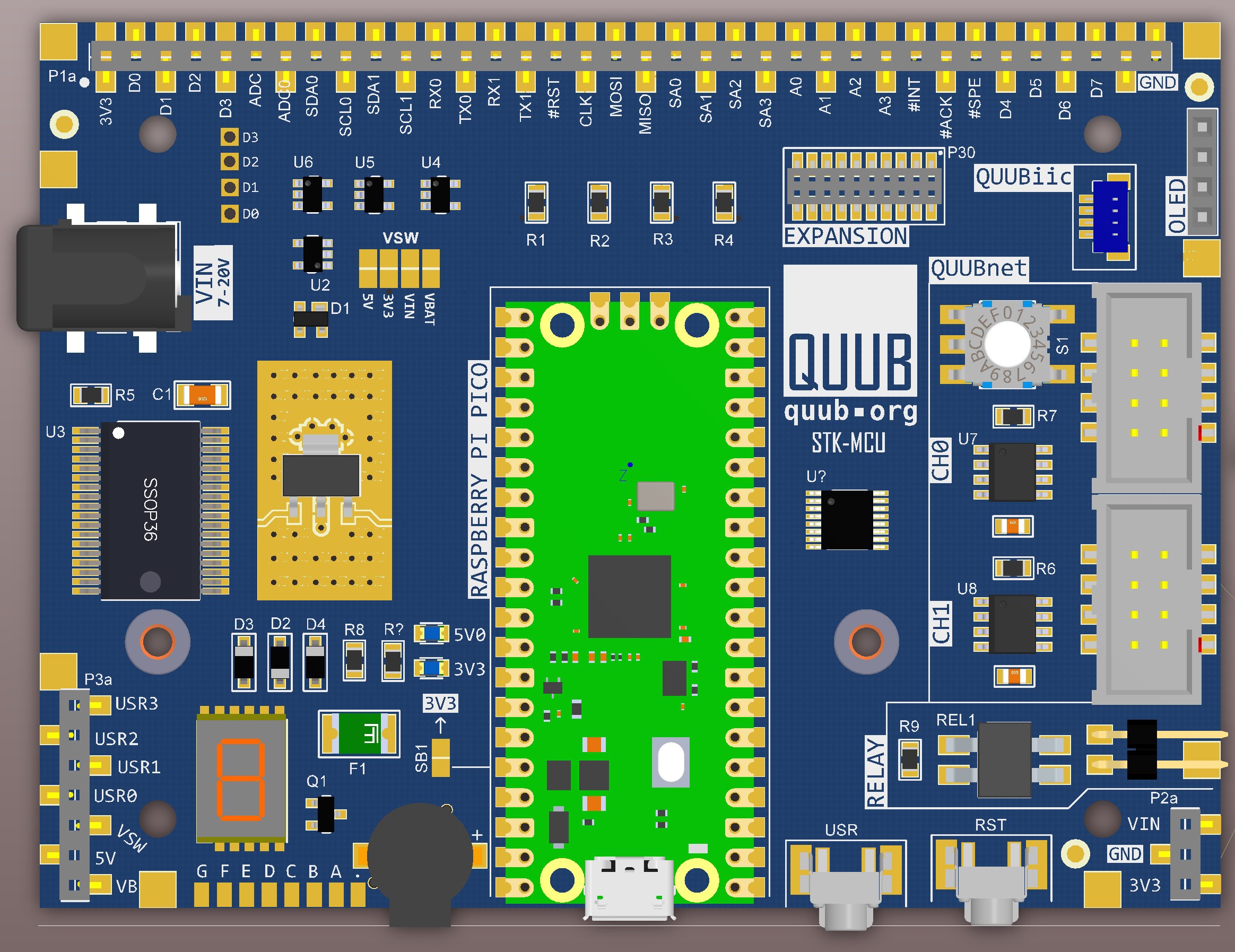
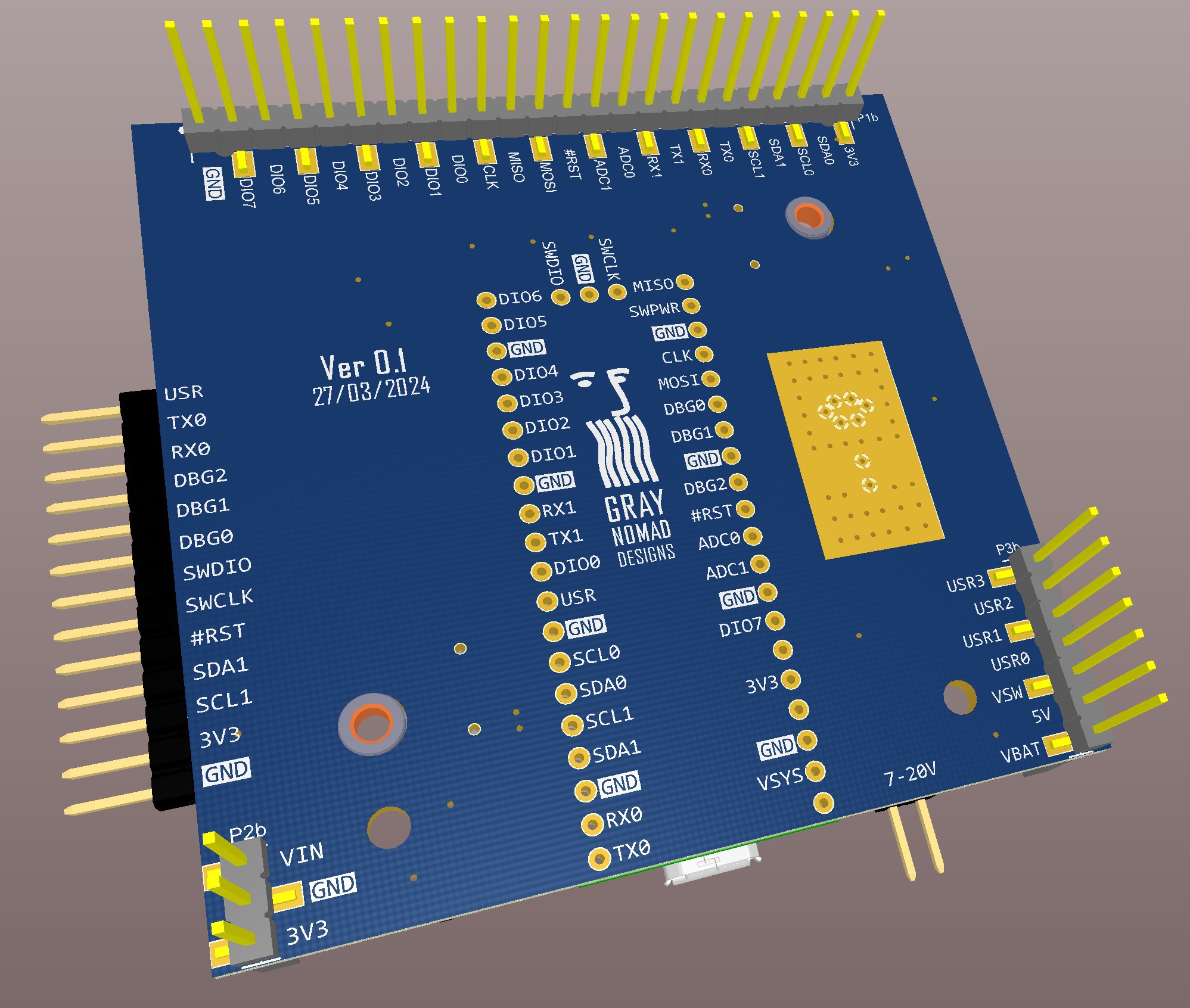
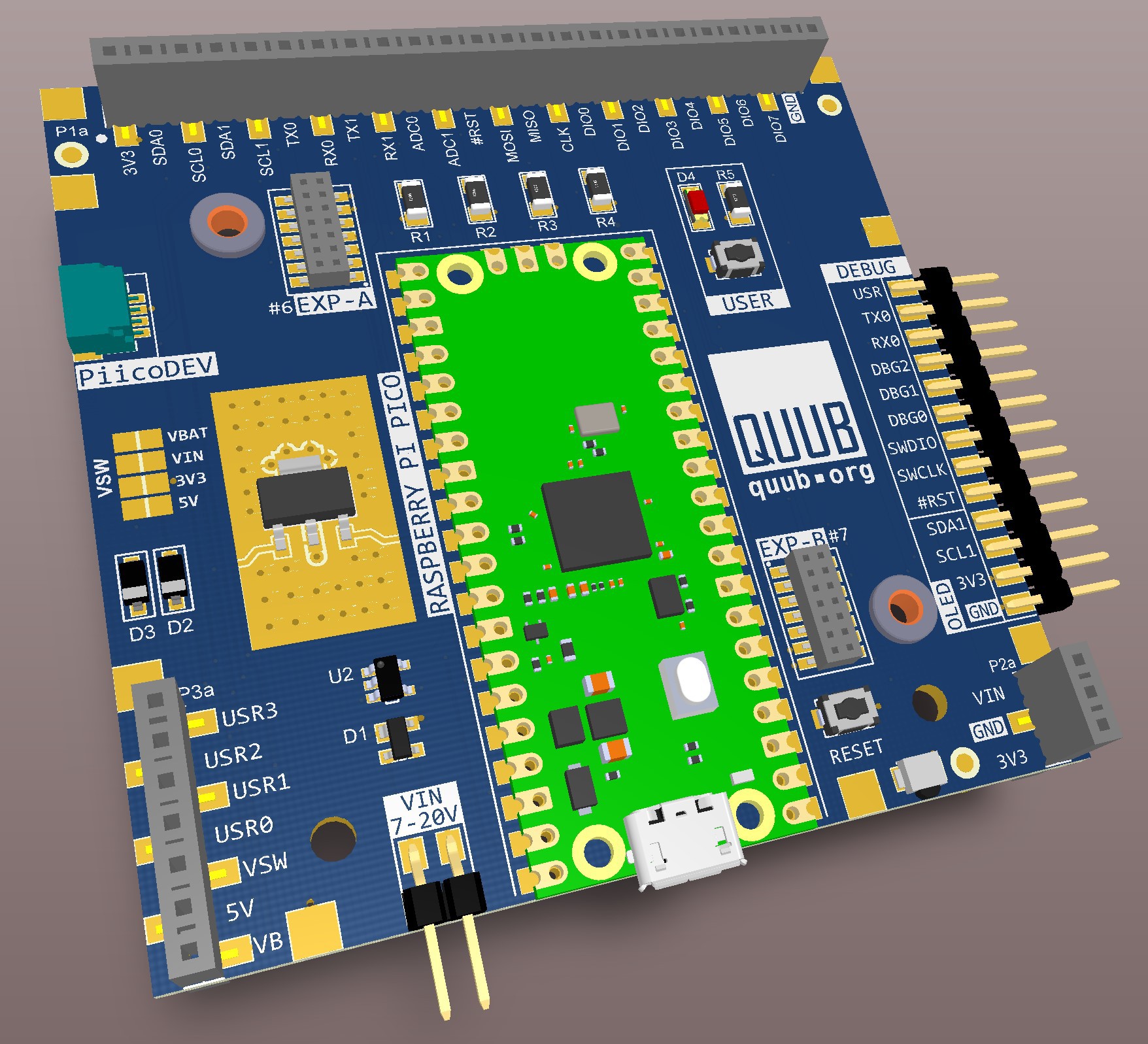
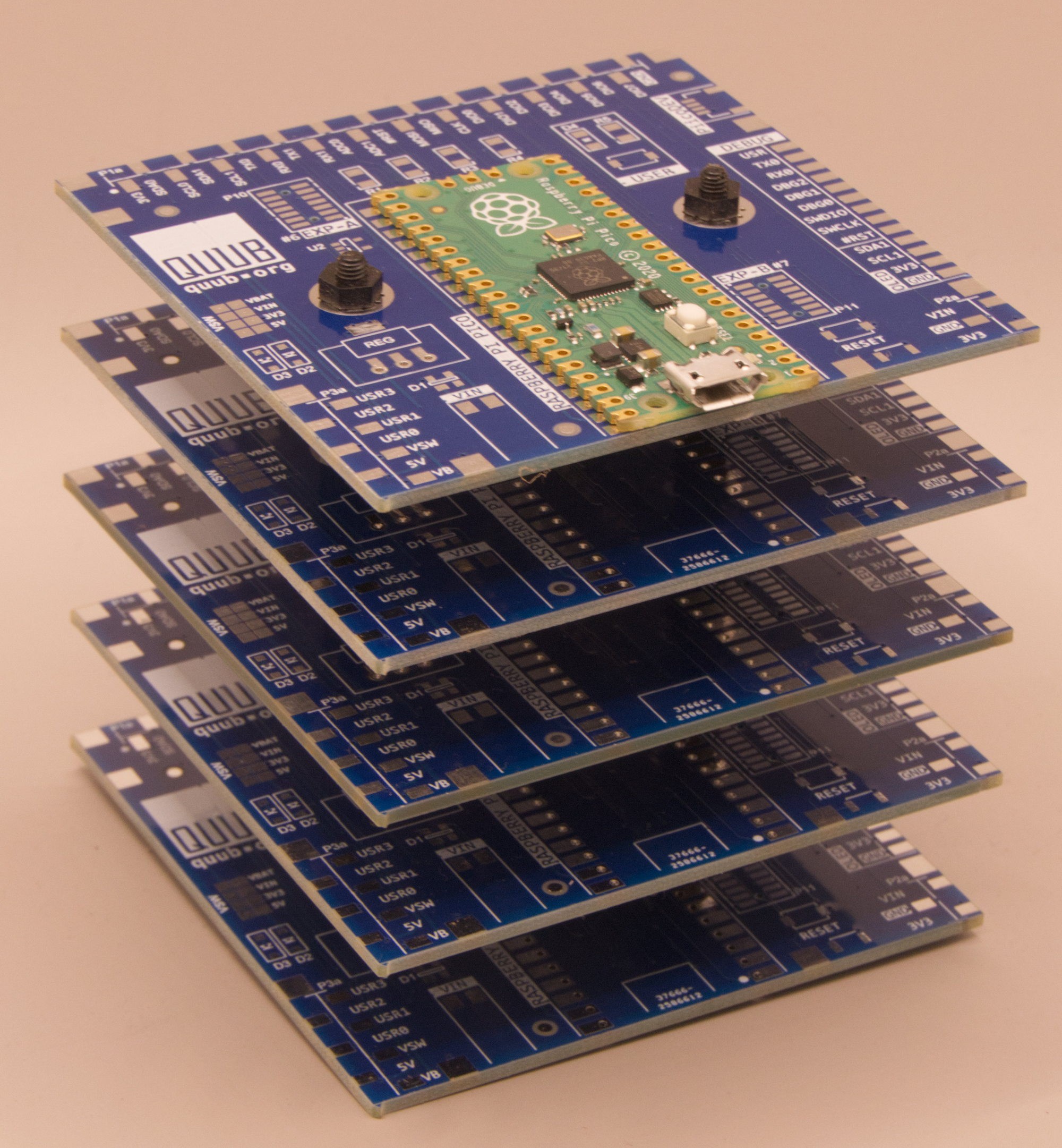
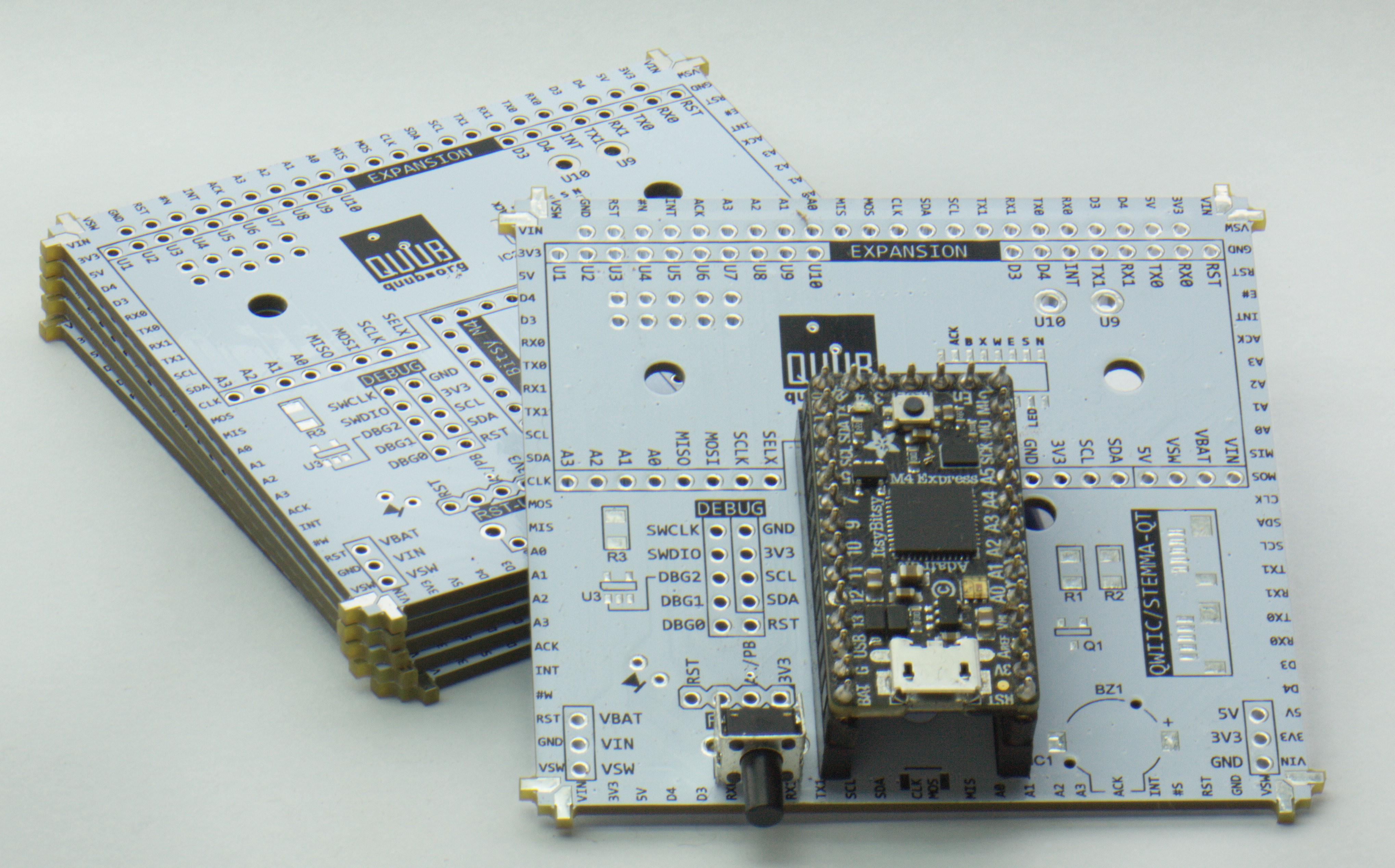 The new CPU boards are here, I already have some changes in mind so I may not even test these one, we'll see.
The new CPU boards are here, I already have some changes in mind so I may not even test these one, we'll see.

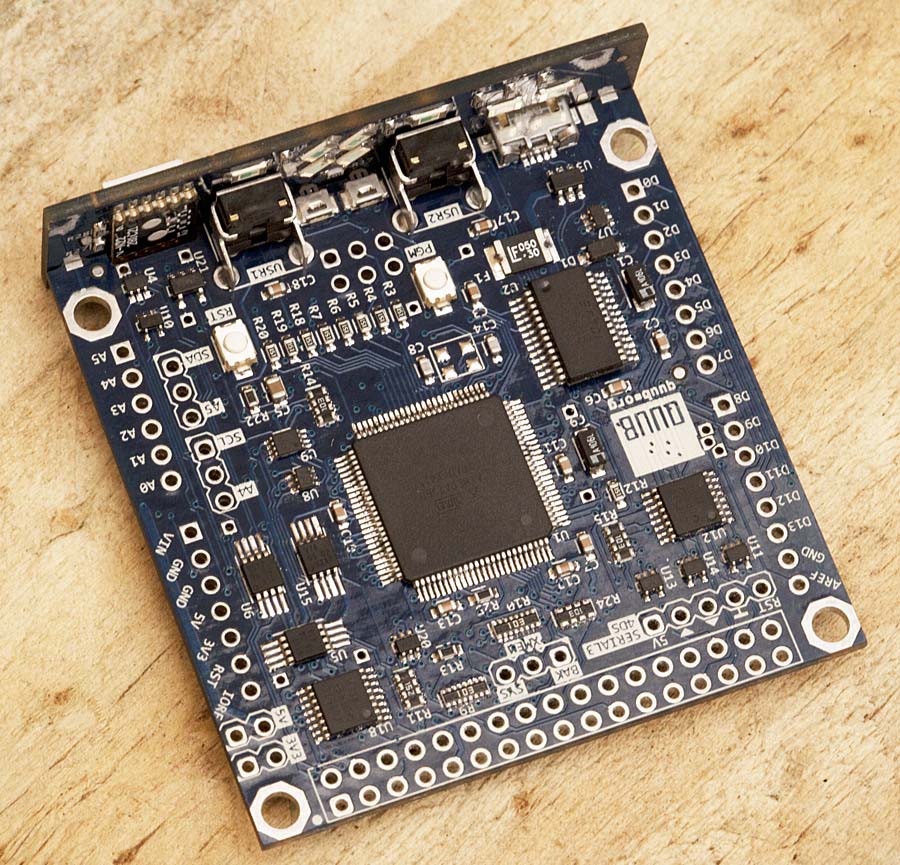
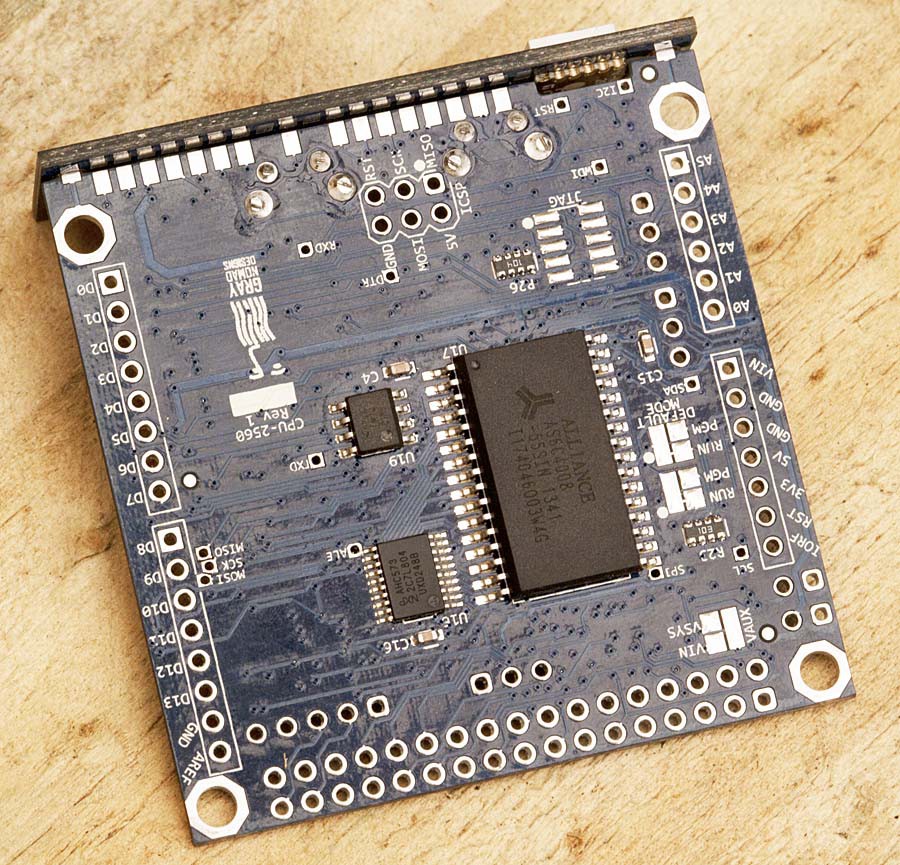
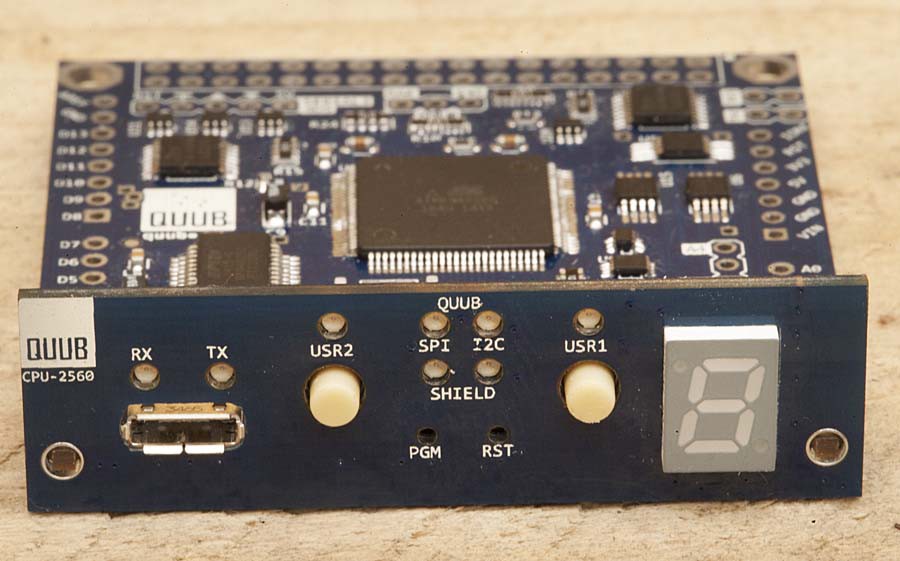

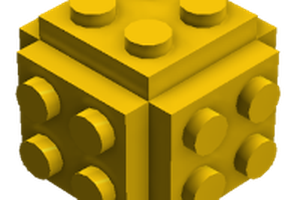
 VASILIS VORRIAS
VASILIS VORRIAS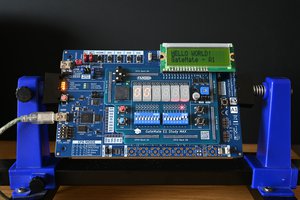
 Frank
Frank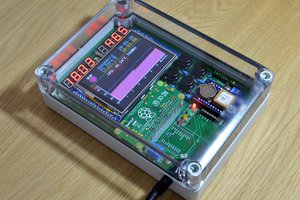
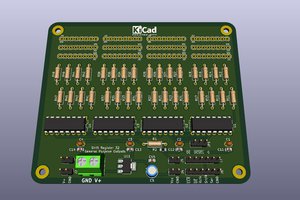
 Ken Yap
Ken Yap